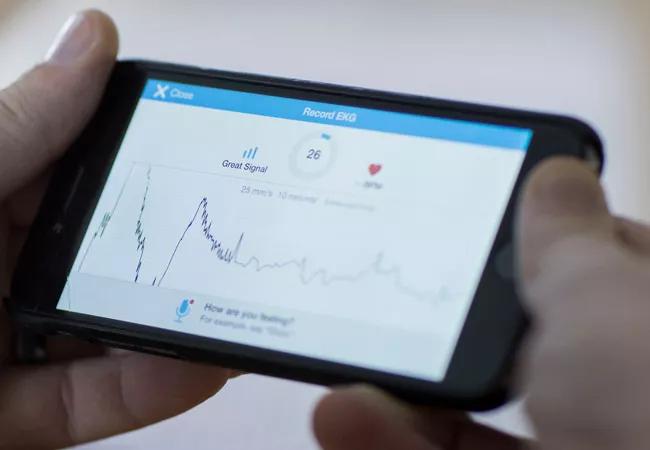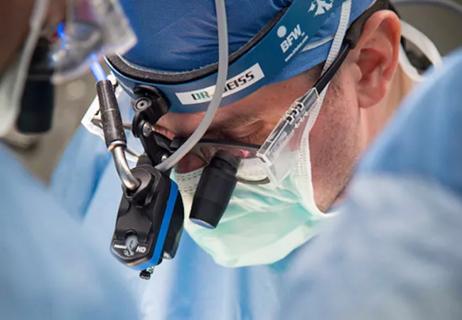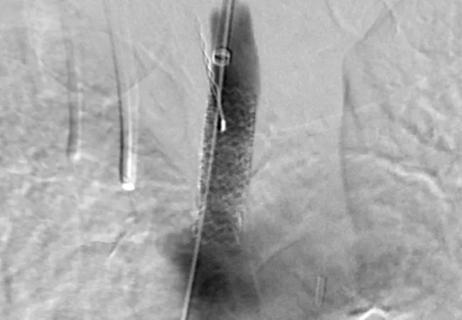Advertisement
Review offers comprehensive assessment of the landscape for wearables and more

“With great power and far-reaching capabilities come great responsibilities.” So concludes a new review paper, “Digital Health and the Care of the Arrhythmia Patient: What Every Electrophysiologist Needs to Know,” published in Circulation: Arrhythmia and Electrophysiology by a multi-institutional team of authors led by Khaldoun Tarakji, MD, MPH, Associate Section Head of Cardiac Electrophysiology at Cleveland Clinic and Director of the Center for Digital Health and Telemedicine in its Heart, Vascular & Thoracic Institute.
Advertisement
Cleveland Clinic is a non-profit academic medical center. Advertising on our site helps support our mission. We do not endorse non-Cleveland Clinic products or services. Policy
Dr. Tarakji assembled the diverse group of specialists to develop the review, which includes national leaders in digital health, electrophysiology, patient experience and other disciplines. The authors present a briskly paced survey of leading issues around digital health in electrophysiology and cardiovascular care overall, specifically:
Advertisement
While the review addresses the transformation of care for arrhythmia patients with the advent of digital technologies, it notes that the challenges and opportunities explored apply to all medical specialties. As a result, the document represents a resource for describing the digital health landscape to clinicians of all disciplines as well as to patients, researchers and members of industry.
Here is a sampling of observations made in the article:
Advertisement
These and other observations give rise to the authors’ conclusion that these technologies’ formidable capabilities come with matching demands and responsibilities. “As the supply of patient-generated data and genomic data swells,” says Dr. Tarakji, “clinicians have an opportunity to develop more-personalized risk assessments to better manage common and high-burden diseases. This review helps guide the cardiovascular community on the issues to be considered as we work to make the growing abundance of data an asset rather than a burden.”
“Once fully employed and integrated, digital health — whether through wearables or delivery of care — will truly transform healthcare as we know it,” observes Oussama Wazni, MD, Section Head of Cardiac Electrophysiology at Cleveland Clinic. “This comprehensive review will help clinicians navigate the future of digital healthcare.”
The review is available here.
Advertisement
Advertisement

How our first century has impacted cardiovascular practice

Preserving trust in research requires vigilance and consensus around statistical nuances

Cardiac surgeon Patrick Vargo, MD, reflects on his first year as Cleveland Clinic staff

Improved risk prediction for patients is at the heart of Dr. Aaron Weiss’ research interests

Centralization would likely bring better outcomes, experts say, but may not be feasible

Dr. Daniel Burns on mentorship, robotic valve surgery, statistics and more

JACC review makes the case and outlines how to ensure oversight

Editorial lays out best practices from three Cleveland Clinic surgeons